Conventional automotive business wisdom says a company such as Subaru is too small to prosper or even survive over the longer term. With sales of just over one million vehicles last year, the Japanese car maker should, according to conventional wisdom, be looking at a merger with another, rather bigger, car maker.
In the case of Subaru, however, conventional wisdom is wrong. The Japanese company may be ploughing an individual furrow using boxer engines and permanent all-wheel drive on all of its full-size models, but it is delivering remarkable profit margins that, on a good day for the dollar-to-yen exchange rate, have been higher than industry leaders such as Porsche and Jaguar Land Rover. On 1 April, what was Fuji Heavy Industries changed its name to Subaru Corporation. Toyota owns 16.4% of the company and Suzuki 1.75%, while the rest is owned by financial institutions. A significant 94% of Subaru Corporation’s income is from automotive; its aerospace division accounts for just 4.7%.
Like Saab, that other determinedly individual automotive company, Subaru also has its roots in the aircraft industry. Fuji Heavy Industries started out in 1917 as Nakajima Aircraft, which built a wide range of military aircraft during World War Two, including the wellrespected Nakajima Ki-84 fighter.
Nakajima was wound up at the end of WW2 and reborn as Fuji Sangyo which, by 1951, was making scooters at the rate of 2000 a month as Japan began its rapid industrialisation. Then in 1953, the company released a three-wheel light commercial truck and, in 1954, its first light car, the 45bhp P-1, for which the brand name Subaru was created.
Subaru became best known, domestically at least, for its smallengined mini vehicles, or kei cars, the first of which, the Subaru 360, was launched in 1958. The first all-wheeldrive Subaru was the 1971 Leone station wagon, which the company says went on to become the world’s best-selling AWD passenger car. But it was the launch of the Legacy saloon and estate in 1989 that was really the foundation of the modern Subaru.
There’s a strong argument that Subaru is still dominating one particular market niche in the way it managed with the Leone nearly 50 years ago. According to figures from Subaru UK, the Japanese company remains the world’s biggest producer of all-wheel-drive vehicles.
In the financial year of April 2015 to April 2016, Subaru sold 965,892 AWD vehicles, which represented some 15.3% of the entire global market. That was ahead of secondplaced Audi’s 720,510 units. JLR, interestingly, was the world number five, with 485,797 AWD units sold.
Subaru’s success is in large part thanks to a straightforward vehicle line-up. There’s a simple choice of four-pot boxer engines, one type of running gear and, now, one platform to cover everything from the new Impreza hatch to the upcoming seven-seat large SUV.

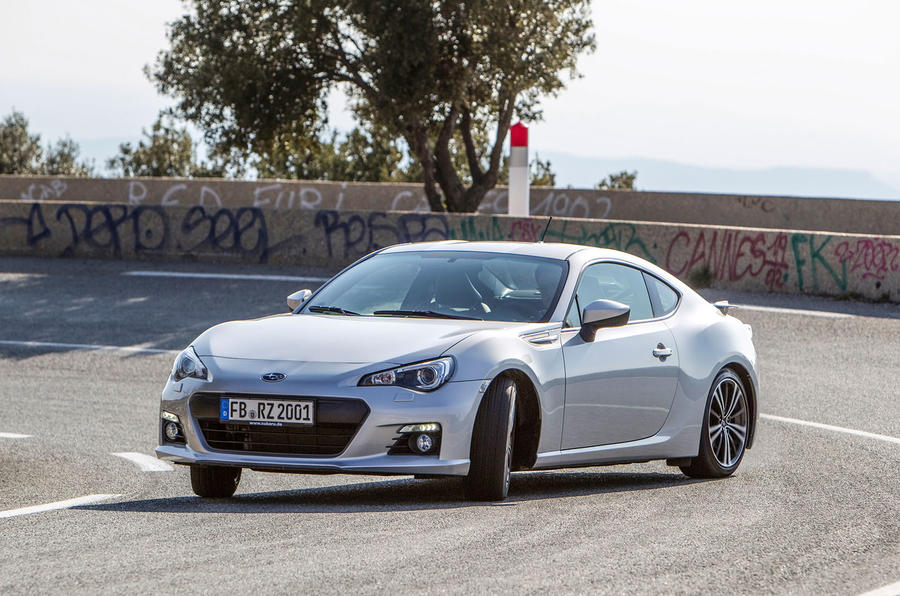
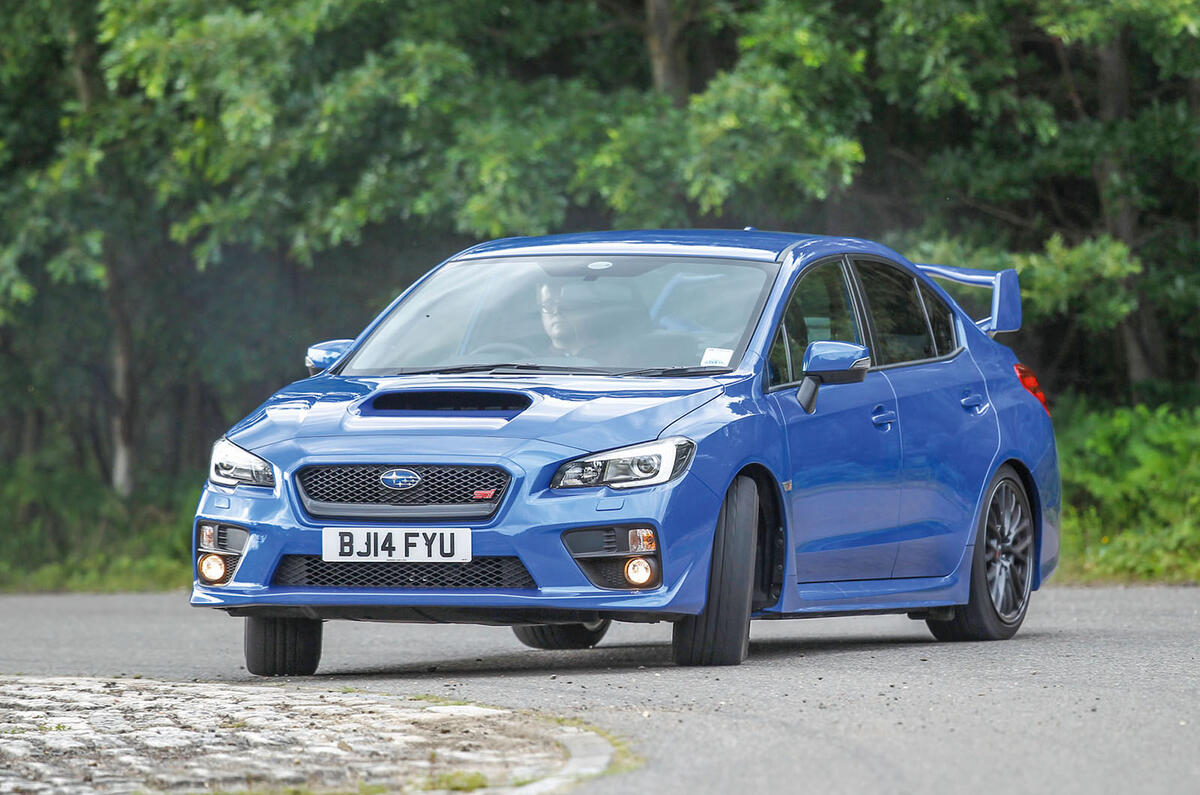

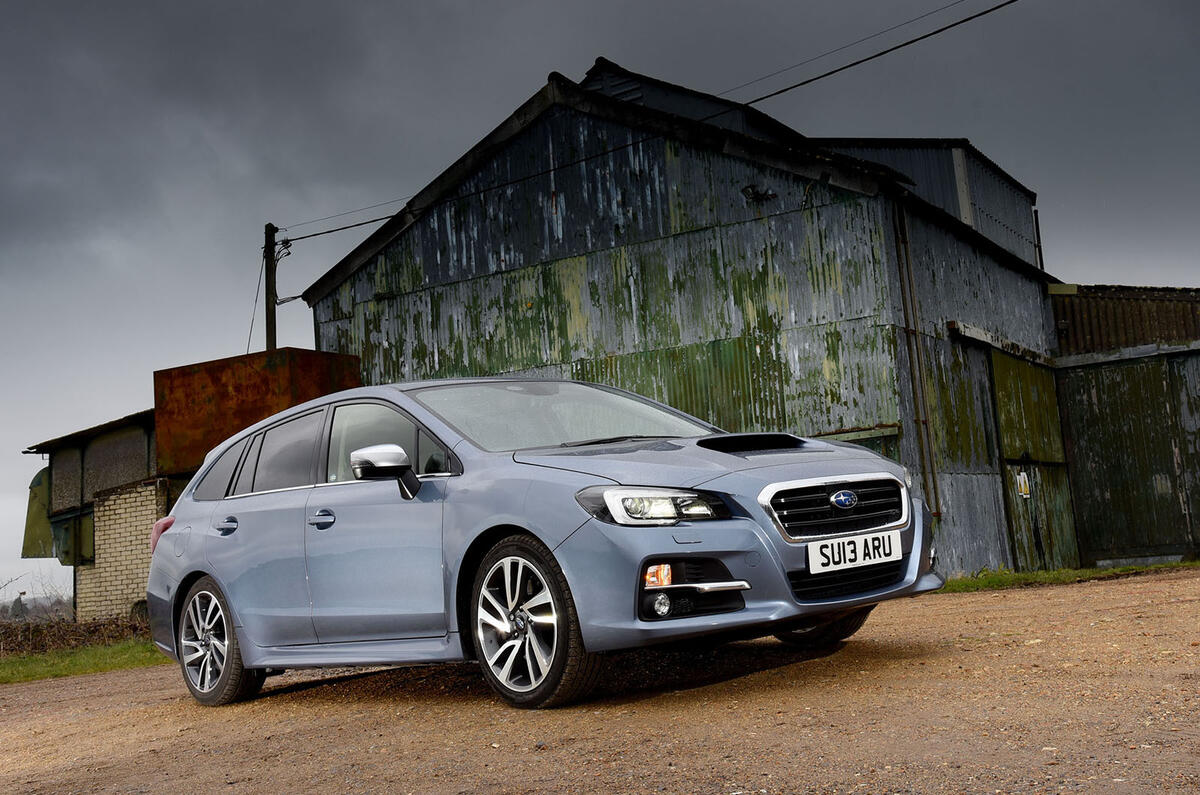
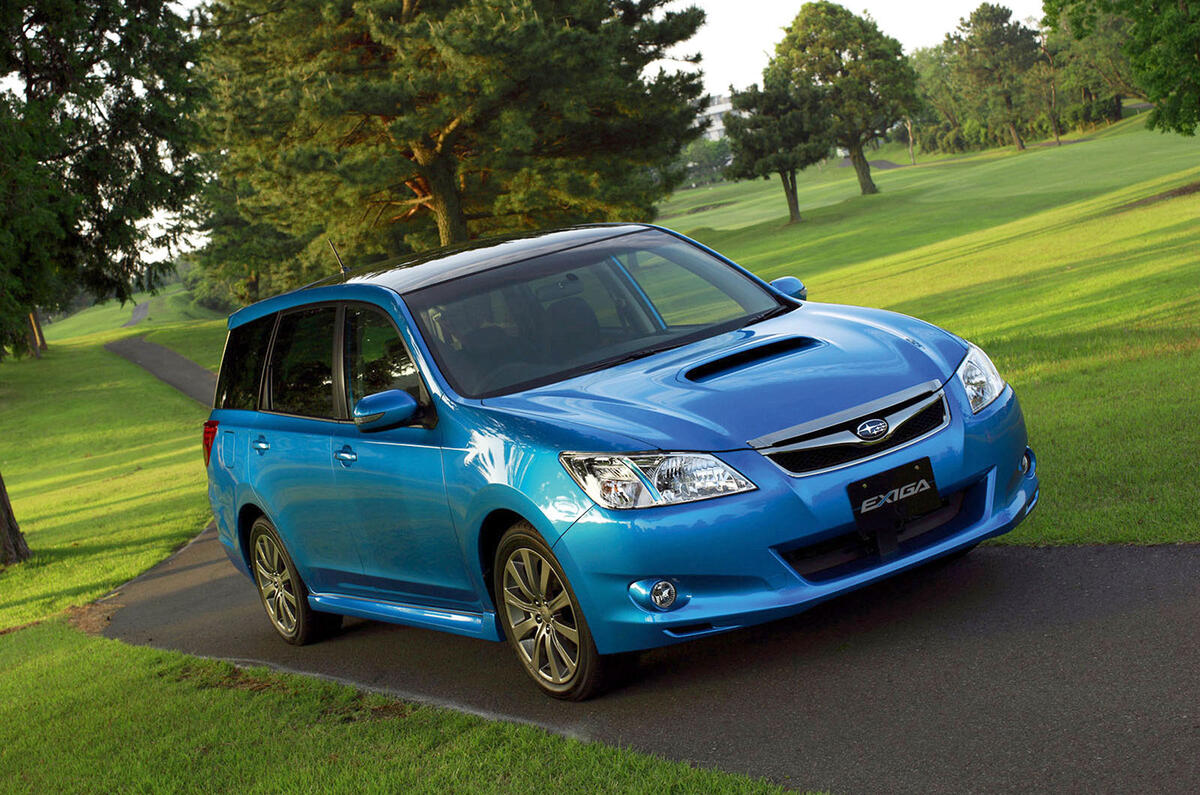

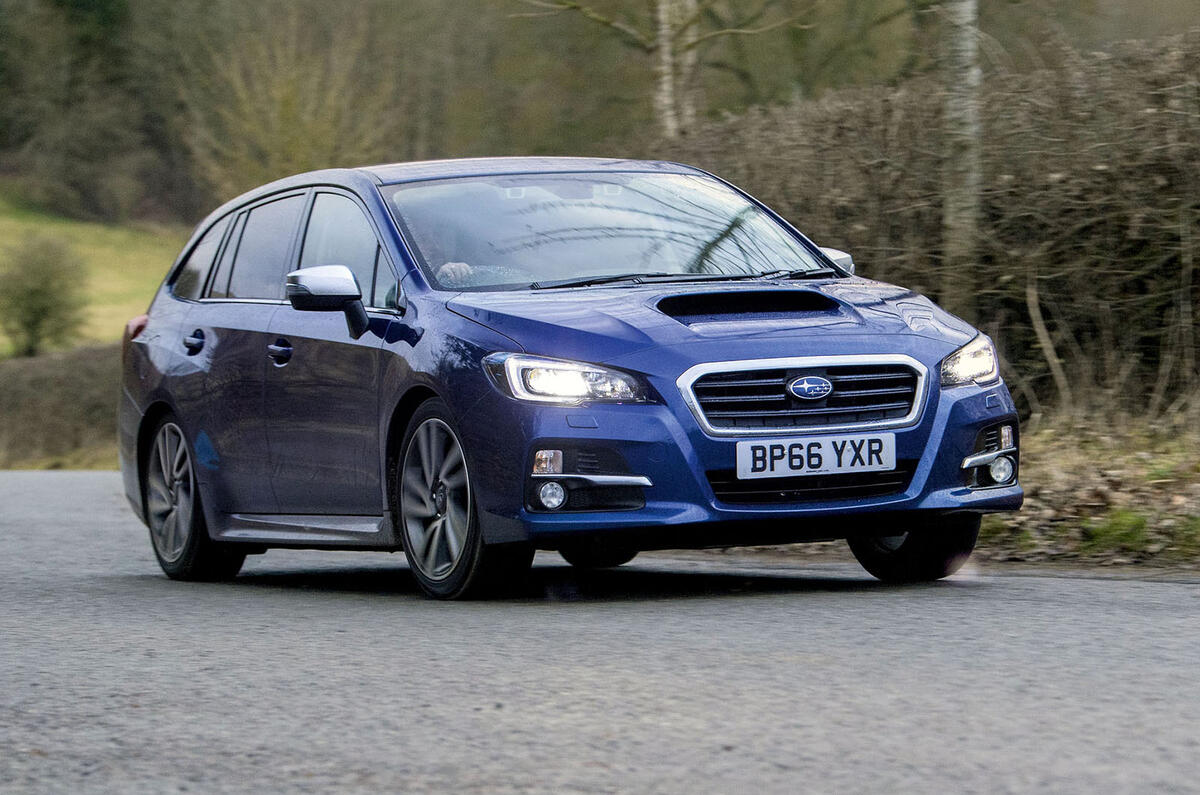

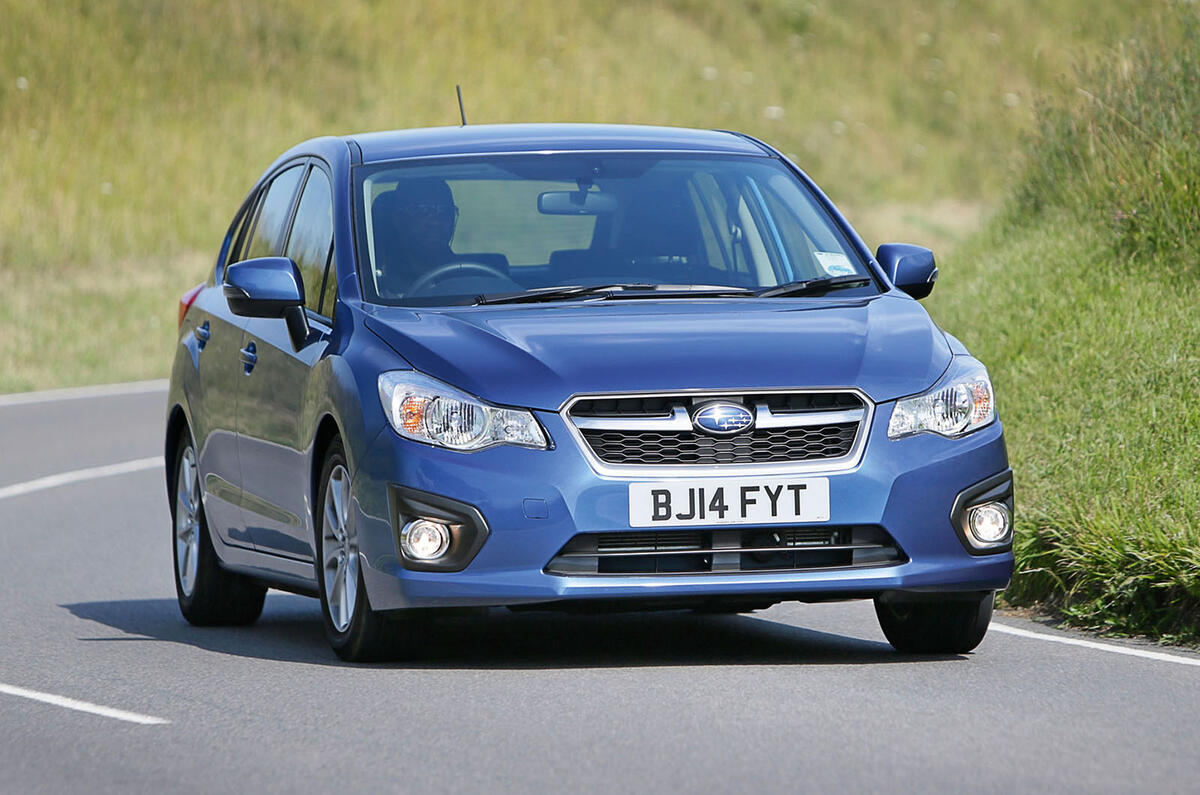


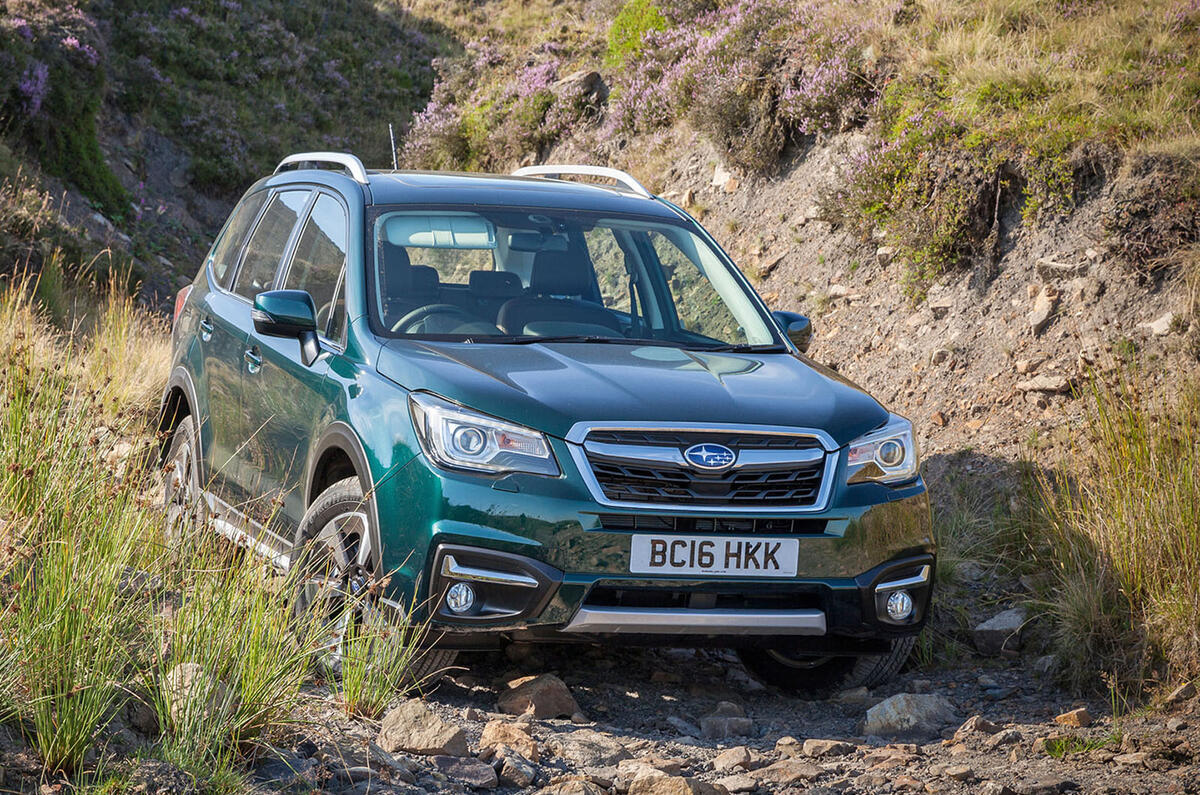
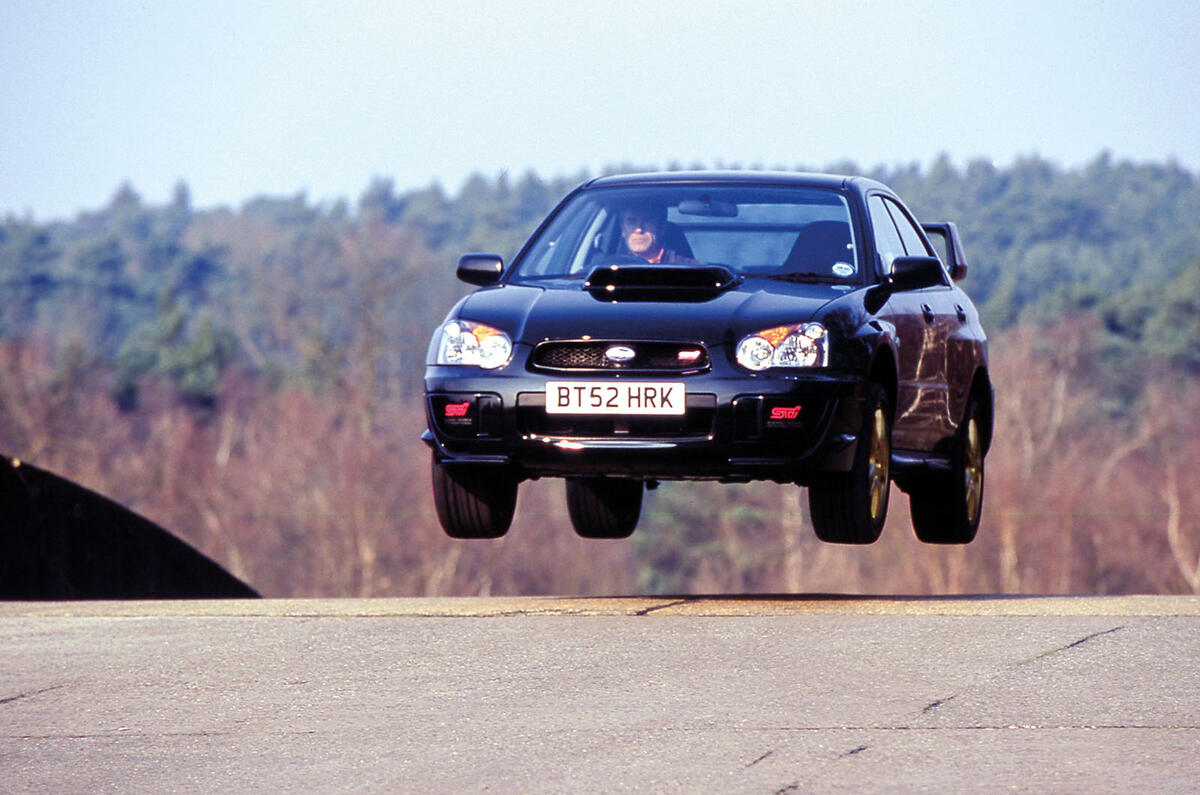
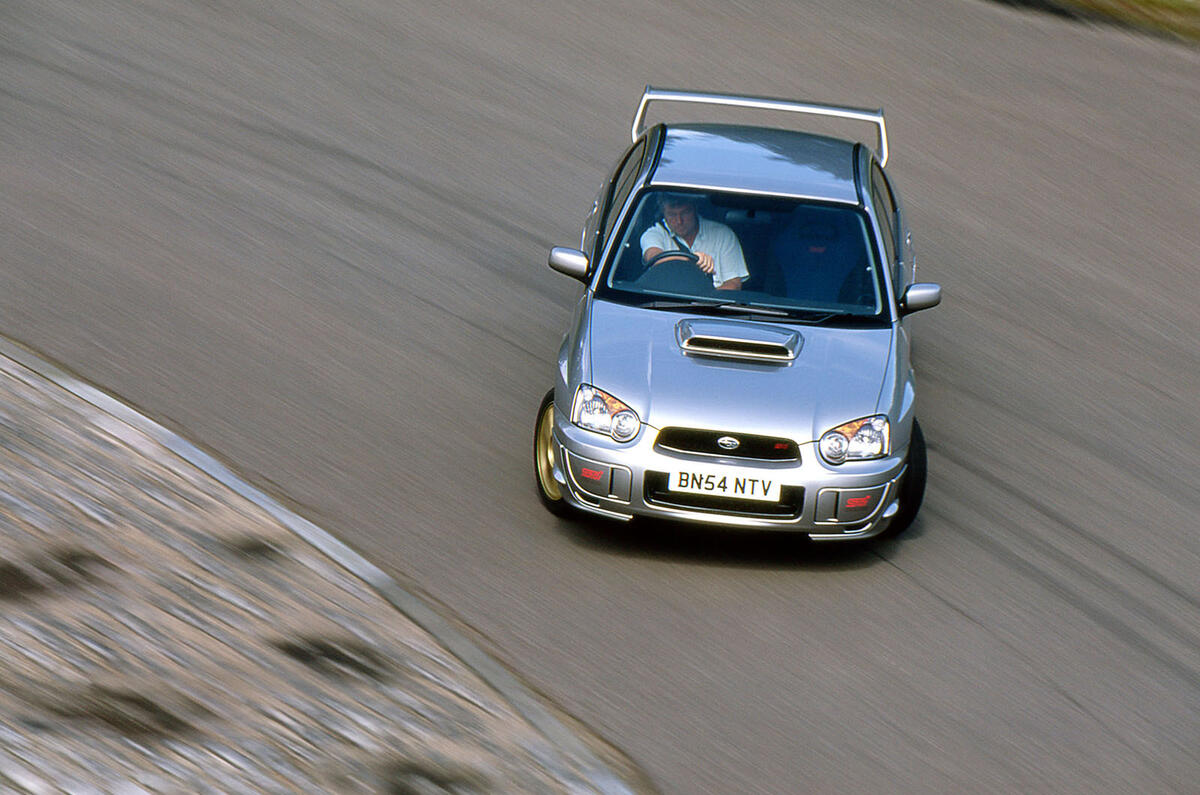
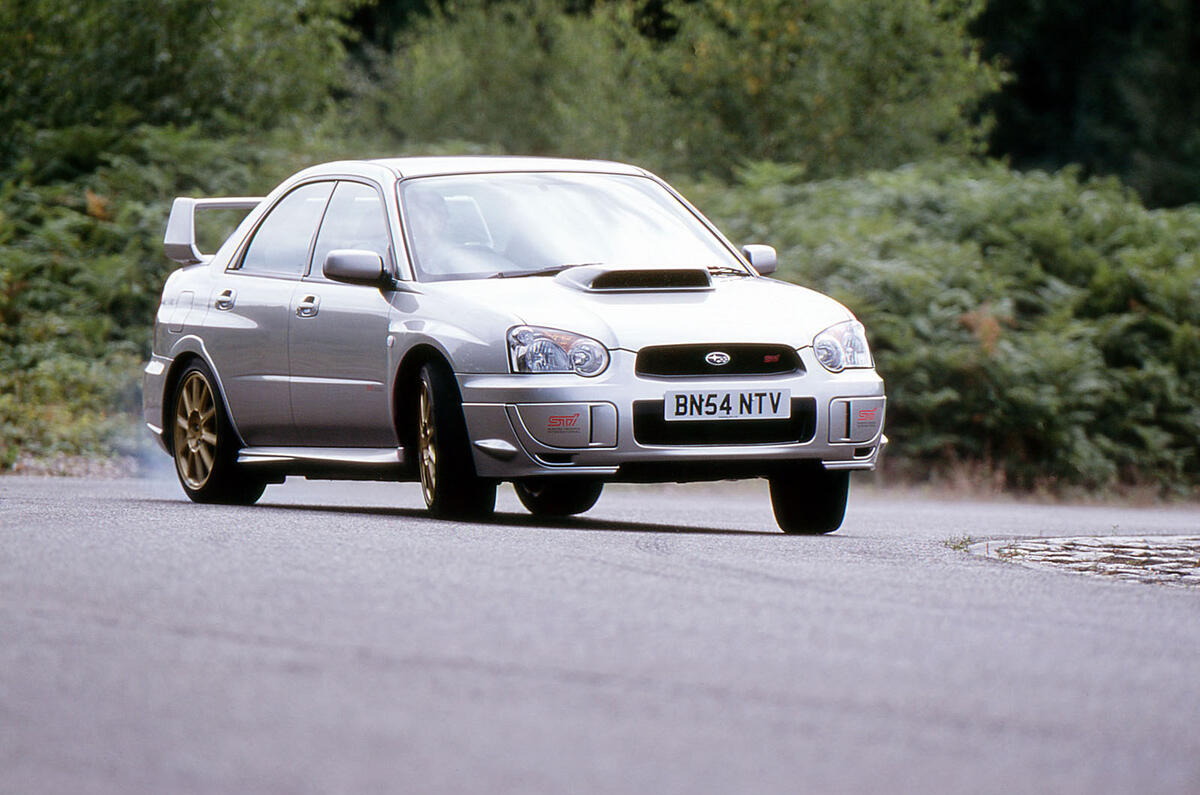
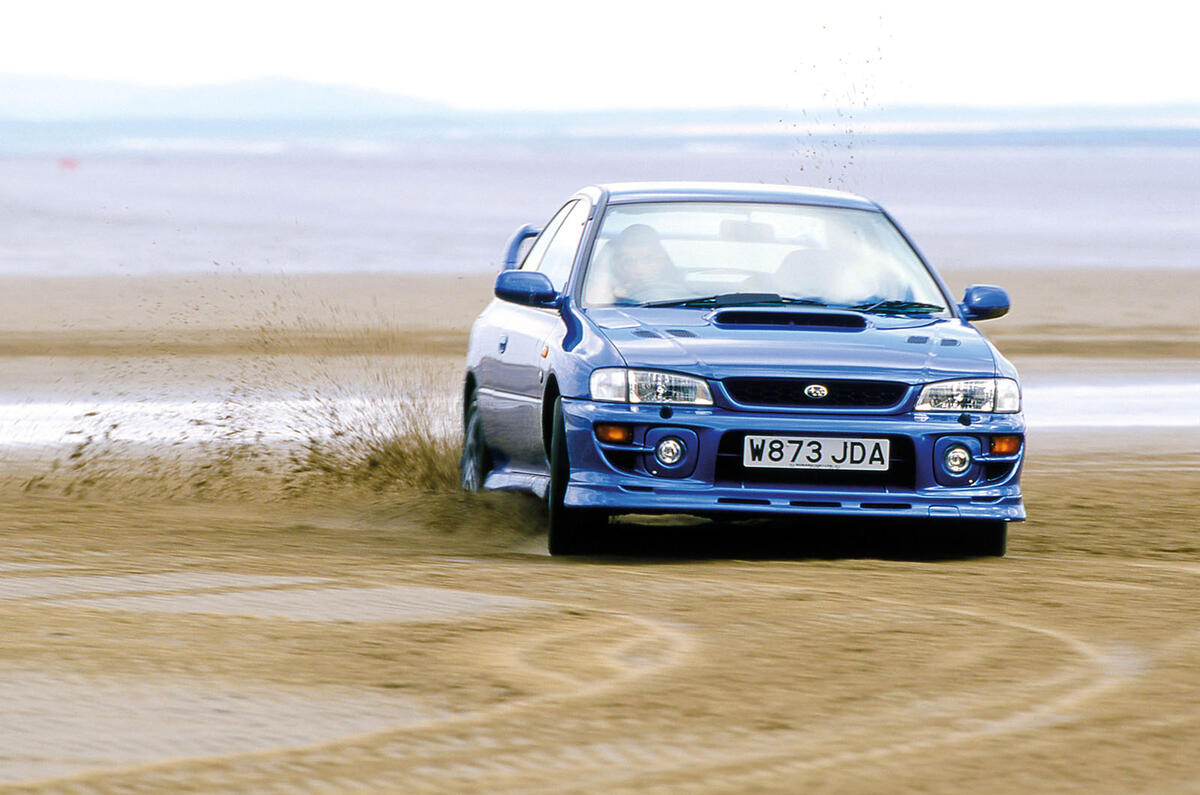
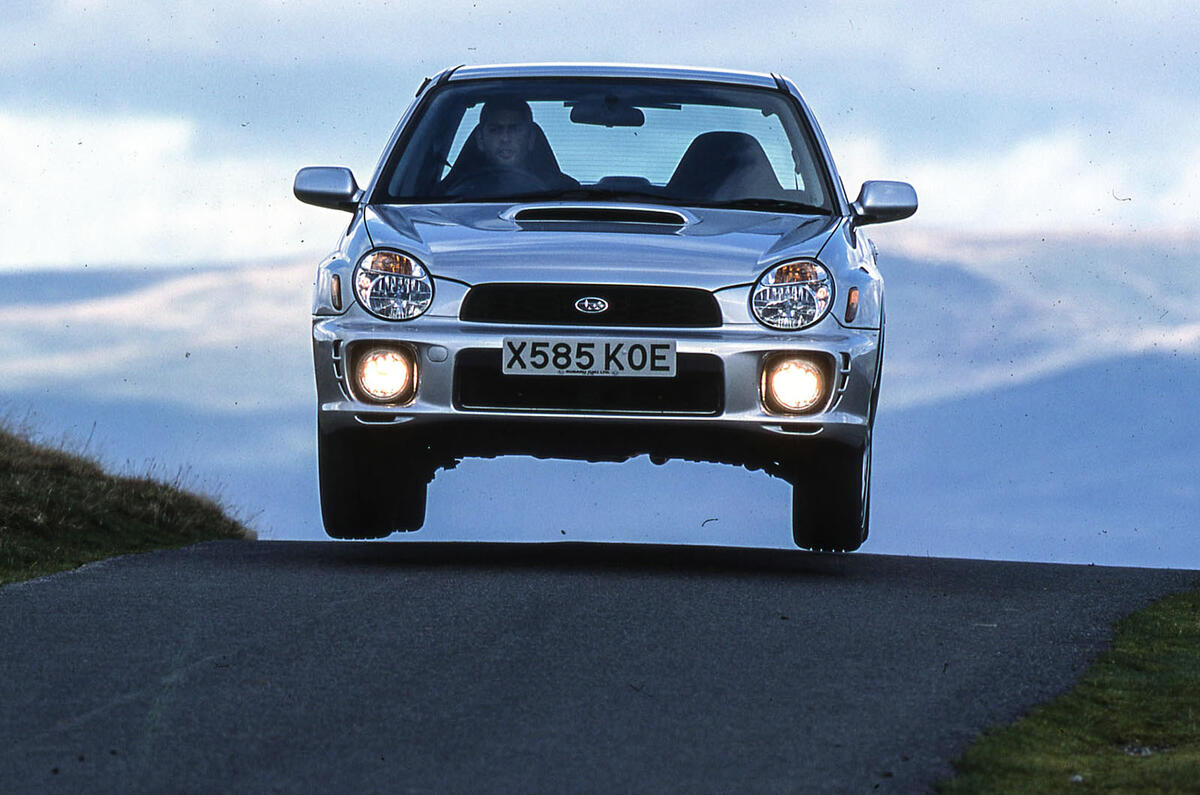

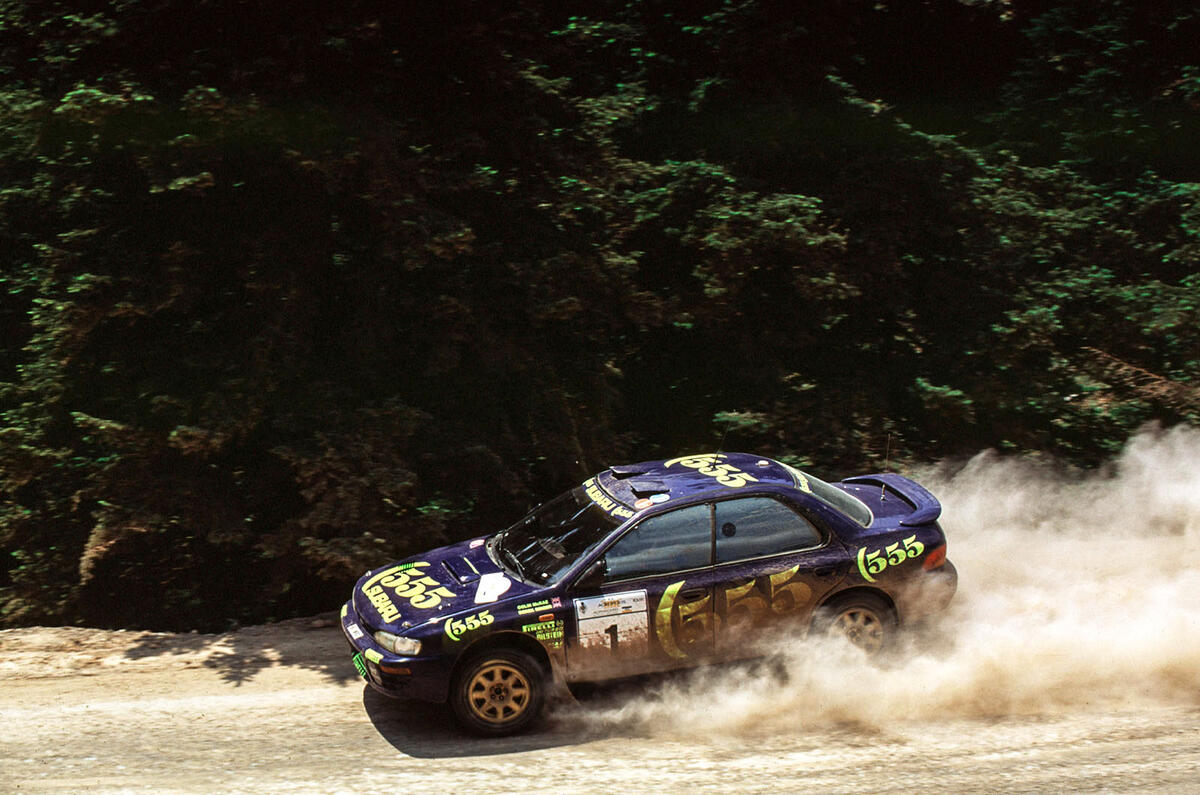

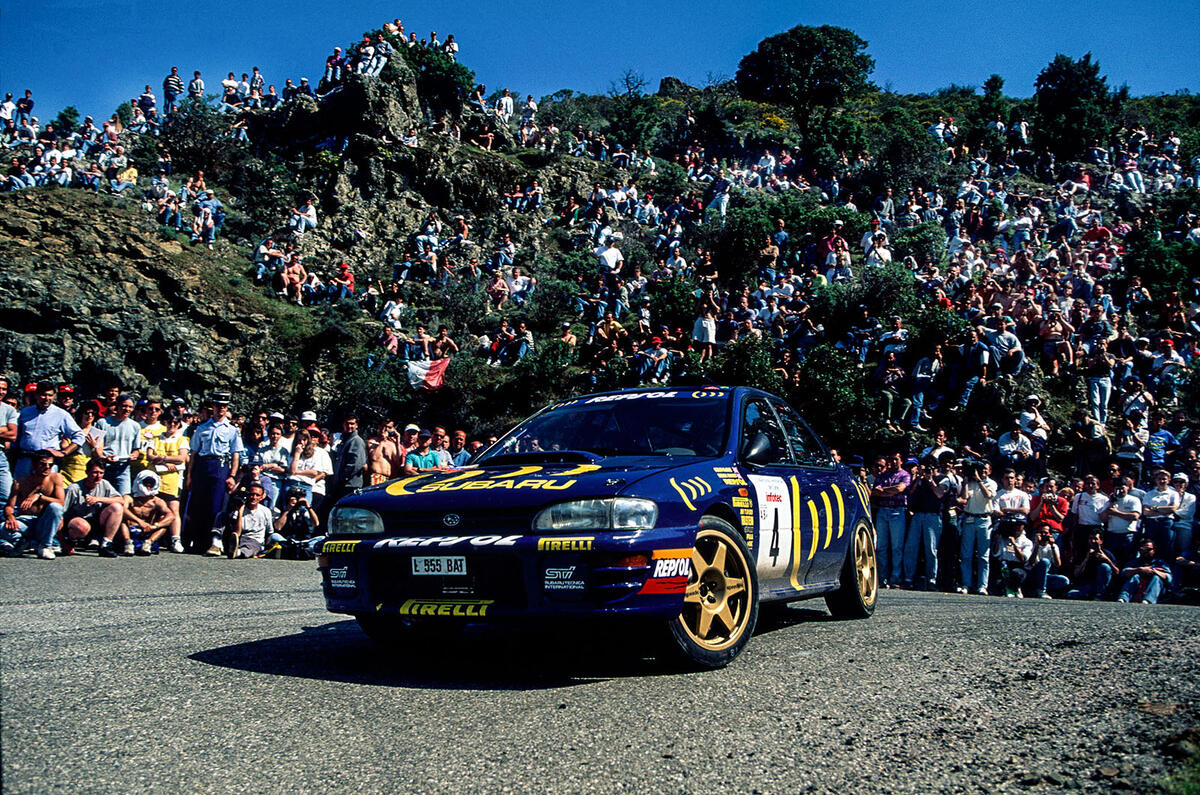
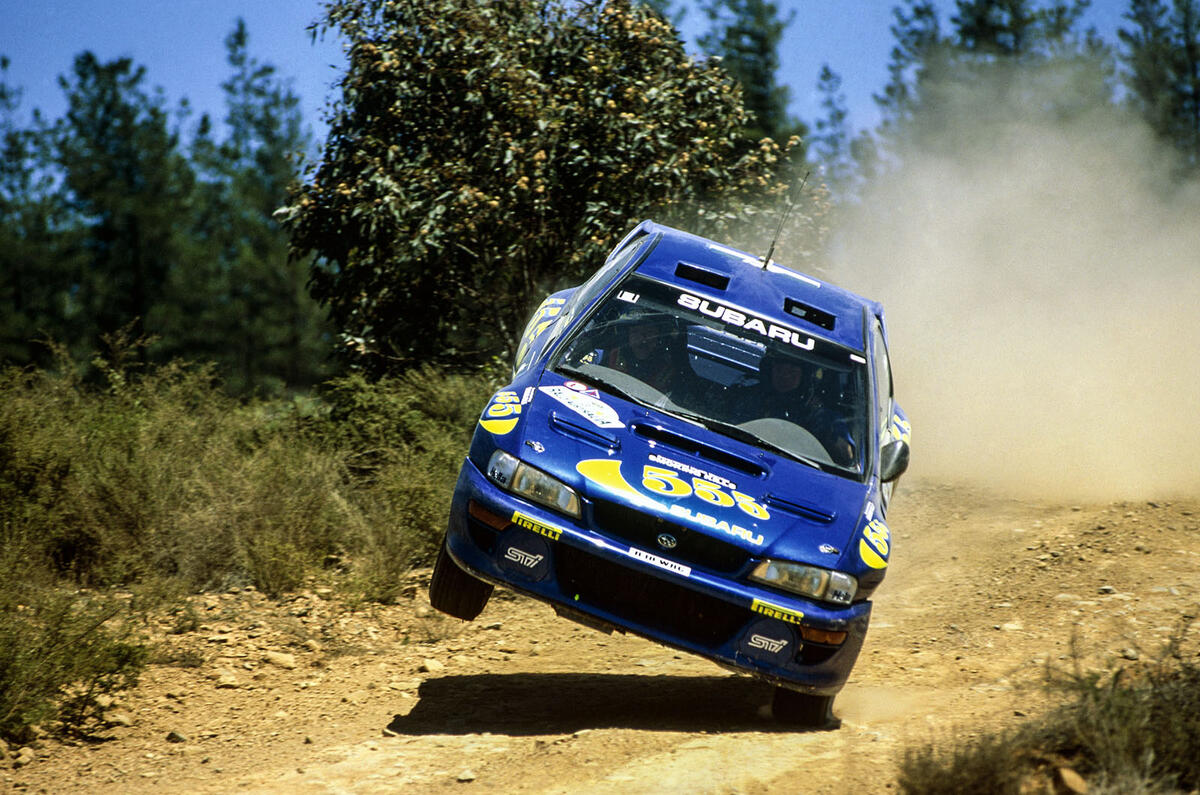

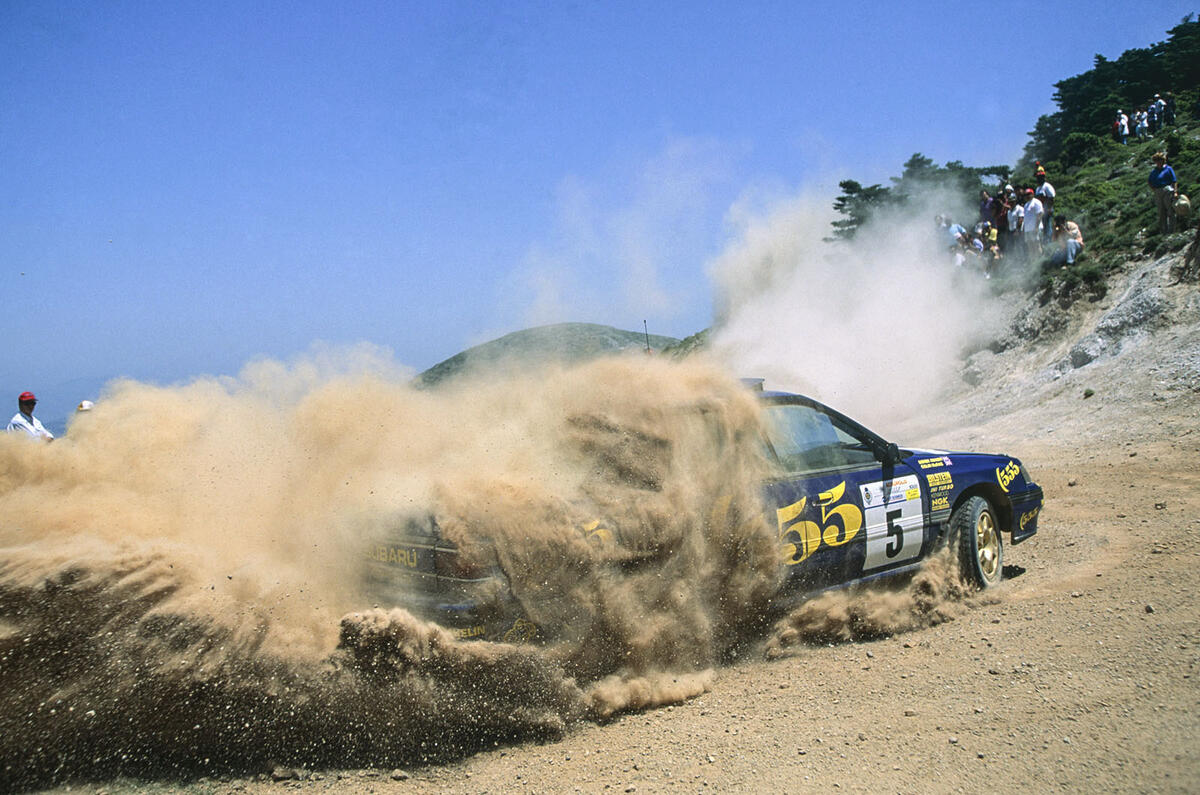

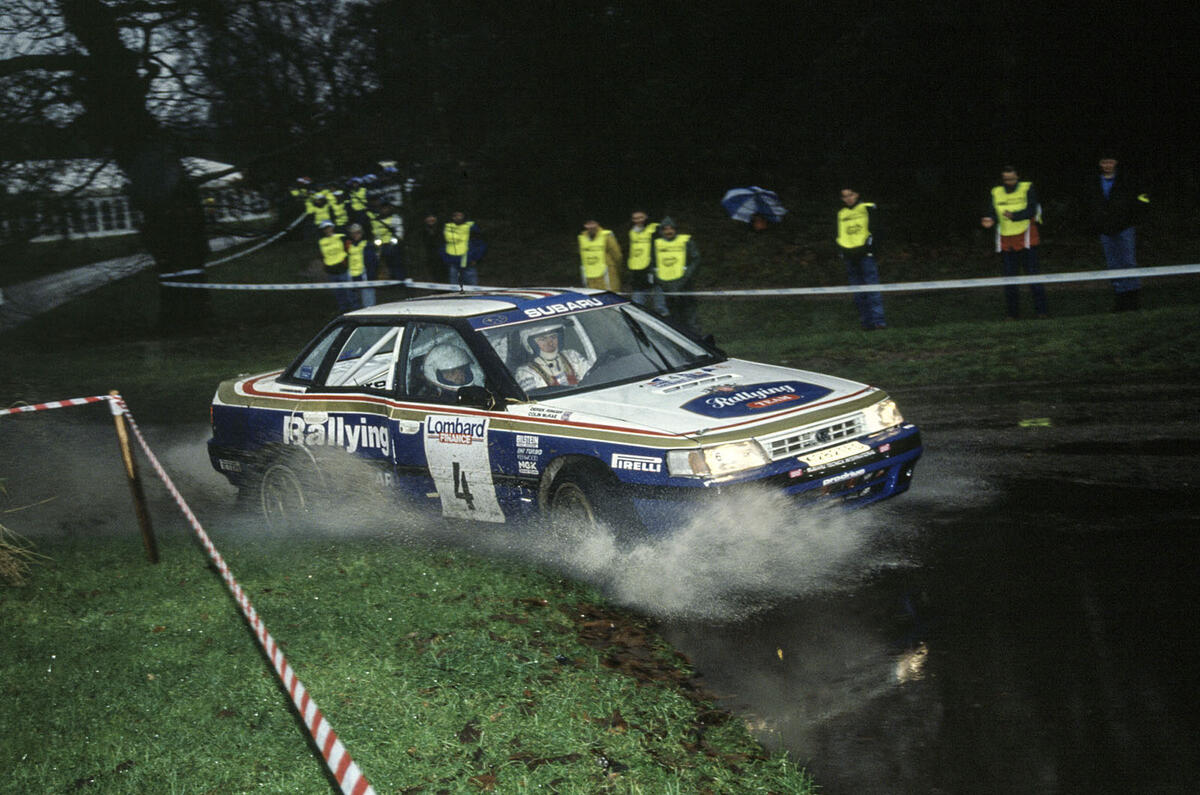
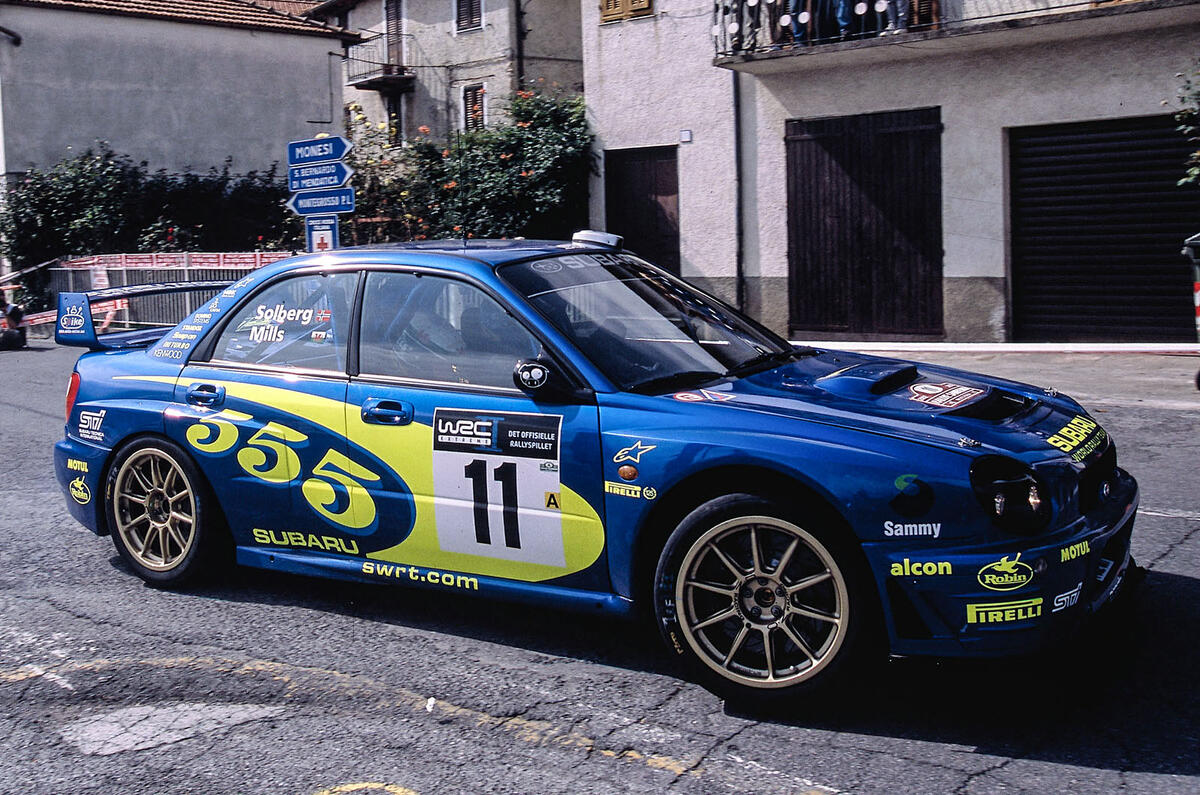

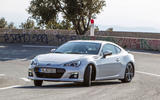






























Join the debate
Add your comment
Nearly there
Subaru's Future, Nearly There
If they cared to look on YouTube regarding the forthcoming 2018 model Impreza and XV they would see that American and Canadian road testers praise the new models in all areas except one, and guess what that is? Yes... the lack of horsepower compared to the opposition. Virtually all the reviews I've seen have been for the CVT gearbox model, they like the way it functions (and I liked the CVT Outback courtesy car that I had off my local Subaru dealer a few years back) but according to them, 152 bhp is measly compared to say, the Honda and Mazda equivalent that's touting 165 - 180bhp. The 1.6 engine in the Levorg is a direct injection cylinder head like the 2.0, and with the new UK car tax rates, there's no financial penalty to the driver so just install the 1.6 engine Subaru.
That engine is only currently used in the Levorg for Europe, how many Levorgs are you shifting to justify it being exclusive to the one range? You know that's what some of your customers want, and it makes sense!
Subaru Vs BMW.
I instead bought a BMW. When it was running, it was great, not quite as good at holding the road or as quick at the Subaru. Yet it suffered from many engine faults; something the Subaru never had any trouble with. In the UK BMW won't cover the engine as they do in the USA, so I had to sell the car as the next batch of engine faults were more then the car was worth - yet would have been covered if it was in the USA. BMW stuffs the UK customer because they can.
Subaru's Future
I shall be eagerly looking forward to a new Subaru (either the XV or Impreza) in 2019 - if they're still being sold in the UK. As good as I and loyal owners think that Subaru cars are, they're not attracting enough new customers to justify the costs surely?
Subaru's Future
I shall be eagerly looking forward to a new Subaru (either the XV or Impreza) in 2019 - if they're still being sold in the UK. As good as I and loyal owners think that Subaru cars are, they're not attracting enough new customers to justify the costs surely?